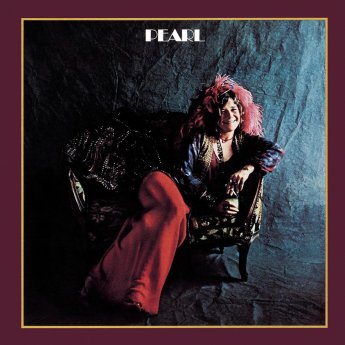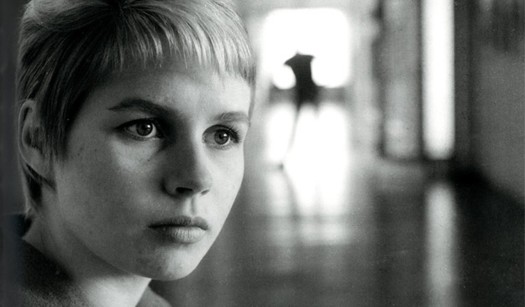On Facebook I was recently tagged on a meme called Ten Days, Ten Album Covers. You only needed to list the albums with no explanation. But, I just could not do that and had to write an explanation. About halfway through, I realized I had a post for my blog.
Remember, it about the covers, I focused on the photography and art design, and not necessarily the music. Two albums on the list I never listened to, then some of the others (Beatles, Springsteen, Dylan, Lennon and The Rolling Stones) are favorites.
Starting with number ten and working my to number one.
Number 10

Number 9


Janis Joplin’s Pearl was released posthumously. It contained some of her finest work including the classic Me and Bobby McGee. The photograph was by Barry Feinstein. It’s beautifully lit with the light falling perfectly on Joplin’s face. The Victoria style chair, her clothes and the drink in hand (most likely Southern Comfort) add to the atmosphere.
Number 7


 Bob Dylan’s Bringing It All Back Home is one of rock’s true classics. The cover photo was by Daniel Kramer. The photo shoot was done at the home of Albert Grossman, then Dylan’s manager. The lady in red, seductively lounging in the background, is Grossman’s wife, Sally. Note Dylan’s previous album (Another Side of Bob Dylan) behind her. When asked why this photo was selected, Kramer responded, it was the only one where the cat sitting on Dylan’s lap was looking at the camera.
Bob Dylan’s Bringing It All Back Home is one of rock’s true classics. The cover photo was by Daniel Kramer. The photo shoot was done at the home of Albert Grossman, then Dylan’s manager. The lady in red, seductively lounging in the background, is Grossman’s wife, Sally. Note Dylan’s previous album (Another Side of Bob Dylan) behind her. When asked why this photo was selected, Kramer responded, it was the only one where the cat sitting on Dylan’s lap was looking at the camera.
Number 4

The cover photo of John Lennon’s 1975 Rock ‘n’ Roll album goes back to the Beatles Hamburg days when they played in the city’s red light district. The photograph is by Jürgen Vollmer, an old friend of the group from those wild early days playing in clubs like the Kaiserkeller. Vollmer captures Lennon’s early rebel without a cause persona. He’s framed in an entrance way of an old brick building somewhere in Hamburg, wearing a leather jacket, hands in pocket and one foot casually over the other, a combination of early Brando and a young Dylan. The three blurred figures passing by are Paul McCartney, George Harrison, and Stu Sutcliffe.
Number 3

The cover of Bruce Springsteen’s third album, Born to Run, has become one of the most iconic shots in the history of rock. It was Springsteen’s third album and his big breakout, selling more than 6 million copies in the U.S. alone. The photograph was taken by Eric Meola who during a three hour photo shoot shot more than 900 photos. Meola, a self-taught photographer opened up his own studio in 1971. Four years later he was photographing Springsteen leaning on the big man, Clarence Clemons, for the cover of Born to Run. The cover photo has been often imitated, from Cheap Trick to the Muppets, but never duplicated.
Number 2

In the 1976 Joni Mitchell released Hejira, a fusion of folk and jazz; the album cover, like the music, was a mix. Three photographs: Wisconsin’s Lake Mendota, a superimposed image of the artist staring directly at you, and a second superimposed image of a long empty highway layered over the artist’s coat. The final blended image suggests the creative never ending journey Mitchell has been traveling. It’s self reflective, seductive and elusive.
Number 1

Like the music inside, the Sgt. Pepper’s Lonely Hearts Club Band album cover was revolutionary. The art designer was Peter Blake. Each of the four Beatles were asked to compile a list of people they admired and would want on the cover. The concept was that the group performed a concert and all these people were in the audience. Using cardboard cutouts of their selections, all would all be featured in a group photo. Permission needed to be obtained from the chosen before using their likeness. Some folks, like Leo Gorcey, demanded too much money and were axed. Not surprisingly, Bob Dylan made the cover. Just as surprisingly Elvis Presley, a significant influence on the group, did not. Michael Cooper was the photographer of the final image. While this photograph would be his most famous, Cooper worked with many other musicians of the day, notably with the Rolling Stones. In 1973, Michael Cooper’s life spiraled out of control. Addicted to drugs and with bouts of depression, at the age of 31 he committed suicide.








